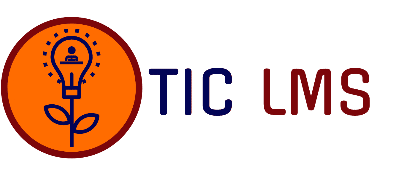UTME-ENGLISH LANGUAGE
- You must enroll in this course to access course content.
Objectives
It is designed to test their achievement of the course objectives, which are to:
(1) communicate effectively in both written and spoken English;
(2) have a sound linguistic basis for learning at the tertiary level.
Topic 1: Comprehension/Summary
(a) description
(b) narration
(c) exposition
(d) argumentation/persuasion
(i) Each of the three passages to be set (one will be a cloze test) should reflect various disciplines and be about 200 words long.
(ii) Questions on the passages will test the following:
(a) Comprehension of the whole or part of each passage.
(b) Comprehension of words, phrases, clauses, sentences, figures of speech and idioms as used in the passages.
(c) Coherence and logical reasoning (deductions, inferences, etc).
(d) Novels to be Read
(e) Synthesis of ideas from the passages.
NOTE: By synthesis of ideas is meant the art of combining distinct or separate pieces of information to form a complete whole.
Candidates should be able to:
i. identify main points/topic sentences in passages;
ii. determine implied meaning;
iii. identify the grammatical functions of words, phrases, clauses and figurative/idiomatic expressions;
iv. deduce or infer the writer’s intentions including mood, attitude to the subject matter and opinion.
Topic 2: Lexis and Structure
(a) synonyms
(b) antonyms
(c) homonyms
(d) clause and sentence patterns
(e) word classes and their functions
(f) mood, tense, aspect, number, agreement/concord, degree (positive, comparative and superlative) and question tags
(g) punctuation and spelling
(h) ordinary usage, figurative usage and idiomatic usage are to be tested.
NOTE: Idioms to be tested shall be those that are formal and expressed in standard British English.
Objectives
Candidates should be able to:
i. identify words and expressions in their ordinary, figurative and idiomatic contexts;
ii. determine similar and opposite meaning of words;
iii. differentiate between correct and incorrect punctuation and spelling;
iv. identify various grammatical patterns in use;
v. interpret information conveyed in sentences.
Topic 3: Oral Forms
(a) Vowels (monophthongs and diphthongs
(b) Consonants (including clusters)
(c) Rhymes (including homophones)
(d) Word stress (monosyllabic and polysyllabic)
(e) Intonation (words emphatic stress)
NOTE: Emphatic stress involves the placement of normal stress on words in an utterance for the purpose of emphasis.
Objectives
Candidates should be able to:
i. make distinctions between vowel types;
ii. differentiate between consonant types;
iii. identify correct accentuation in individual words and connected speech.

